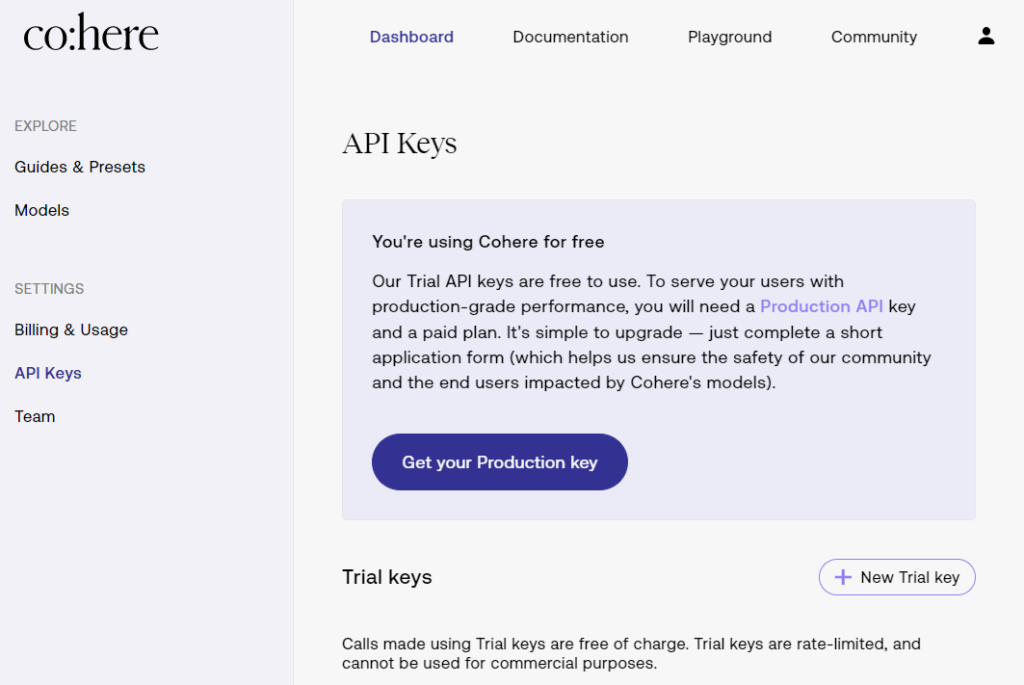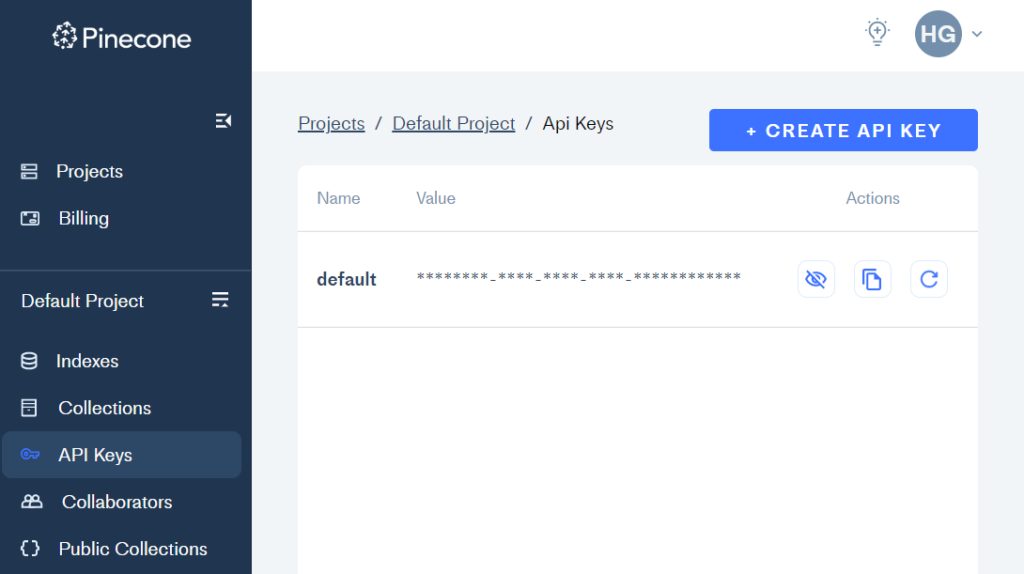In this hands-on article, I will show you how to implement semantic search with CohereAI and Pinecone Python library.
Table of Contents
Get your CohereAI API key
https://cohere.ai/

Get your Pinecone API key
https://www.pinecone.io/

Prepare your data
The data you want to use will depend on your use case. Or you can use the sample in this example for now:
list_of_travel_ideas = [ "Hiking trails in the Rocky Mountains", "Popular beaches in California", "Museums in Paris", "Ski resorts in Colorado", "National parks in Australia", "Historical landmarks in Rome", "Famous landmarks in New York City", "Breweries in Portland", "Golf courses in Scotland", "Wineries in Napa Valley", "Horseback riding trails in the Appalachian Mountains", "Diving spots in the Great Barrier Reef", "Art galleries in London", "Biking trails in the Netherlands", "Sightseeing tours in Japan", "Amusement parks in Florida", "Zoos in South Africa", "National forests in the Pacific Northwest", "Ski resorts in the Swiss Alps", "Hiking trails in the Pyrenees", "Famous landmarks in Istanbul", "Museums in Berlin", "Beaches in Thailand", "Historical landmarks in Cairo", "Nature reserves in Costa Rica", "Ski resorts in the Canadian Rockies"]list_of_ids = ids = [ “A1B2C3”, “D4E5F6”, “G7H8I9”, “J10K11”, “L12M13N”, “O14P15Q”, “R16S17T”, “U18V19W”, “X20Y21Z”, “A22B23C”, “D24E25F”, “G26H27I”, “J28K29L”, “M30N31O”, “P32Q33R”, “S34T35U”, “V36W37X”, “Y38Z39A”, “B40C41D”, “E42F43G”]
I generated the above data with chatGPT.
Next, create a pandas dataframe with it
import pandas as pd
my_data = pd.DataFrame(list(list_of_travel_ideas,list_of_ids)), columns = ['ID', 'Activity']
Create Embeddings using Cohere
The below code uses CohereAI’s API to create embeddings from the above data. Make sure to replace ‘your_cohere_api-key’ with your own cohere API key.
import cohere
co = cohere.Client('your_cohere_api_key')
response = co.embed(
model='large',
texts=my_data["Activity"].tolist()).embeddings
import numpy as np
shape = np.array(embeds).shape
Import embeddings into Pinecone
Now we will store the embeddings in a pinecone vector database
# First we import pinecone. If you have not installed it, install it first by running pip install pinecone
import pinecone
# Initialize pinecone
pinecone.init('your_pinecone_api_key', environment='us-west1-gcp')
# create the pinecone index
index_name = 'travel-acitivity'
pinecone.create_index(
index_name,
dimensions=shape[1],
metric='cosine'
)
# connect to the newly created index
index = pinecone.Index(index_name)
# upsert the embeddings into pinecone index
ids = [str(i) for i in range(shape[0])]
# create list of metadata dictionaries
meta = [{'text': text} for text in trec['text']]
# create list of (id, vector, metadata) tuples to be upserted
to_upsert = list(zip(ids, embeds, meta))
for i in range(0, shape[0], batch_size):
i_end = min(i+batch_size, shape[0])
index.upsert(vectors=to_upsert[i:i_end])
Search
Now we are ready to perform semantic search queries.
query = 'fun activity in new york'
xq = co.embed(
texts=[query],
model='large',
truncate='LEFT'
).embeddings
print(index.query(xq, top_k=5, include_metadata=True)
The above will return top 5 most similar results.
Summary
You can extend this method by building web-based applications that use this method to provide semantic search inside books, podcasts, documentation, etc.
References



